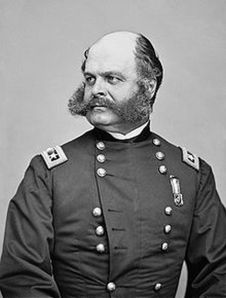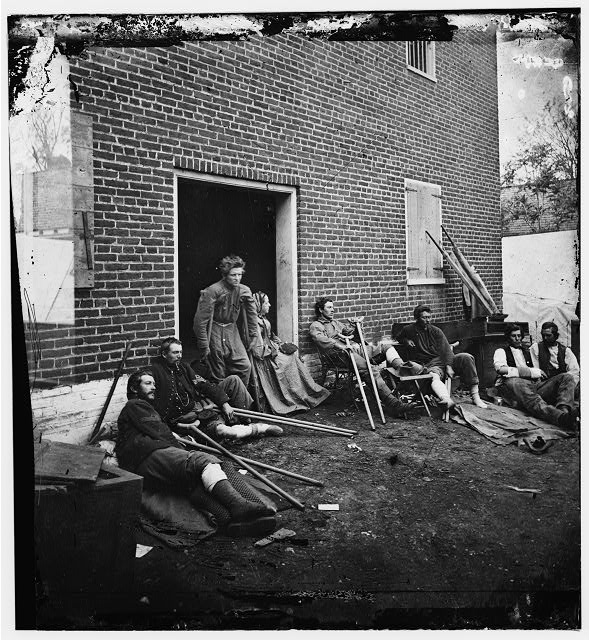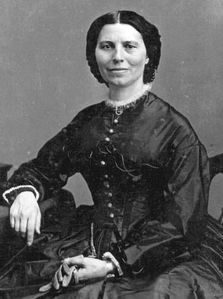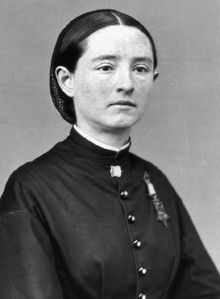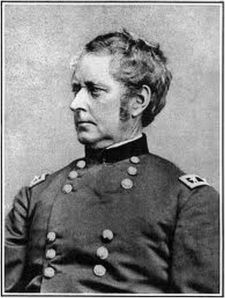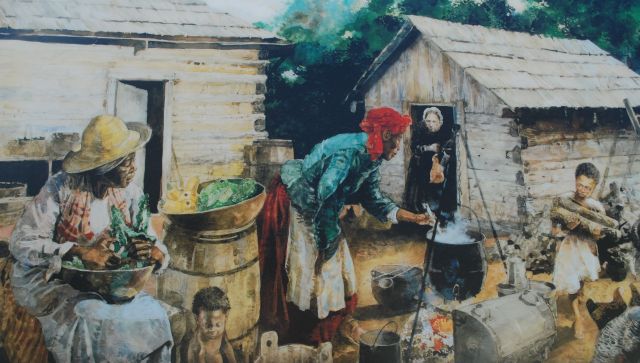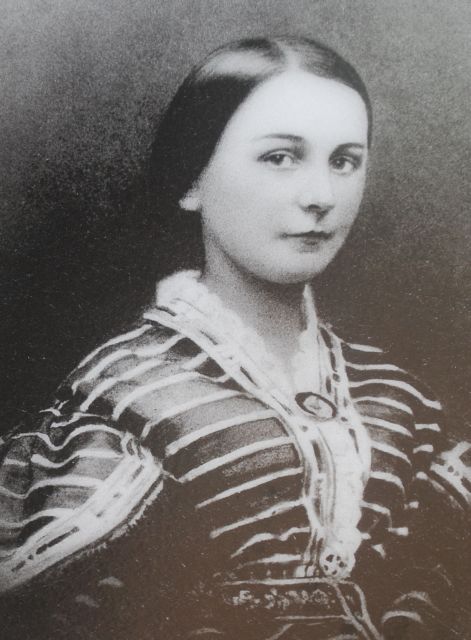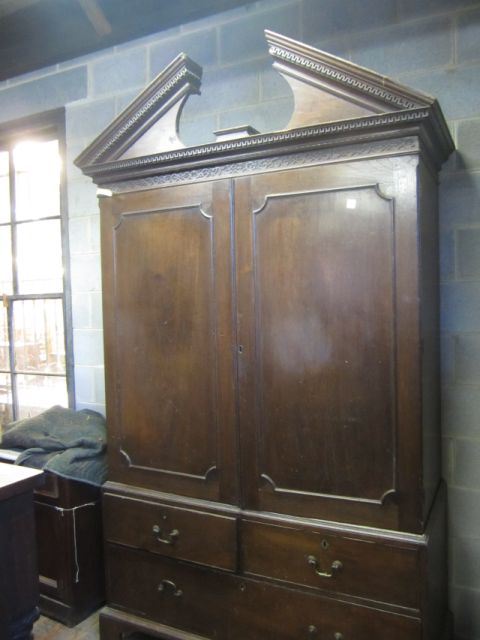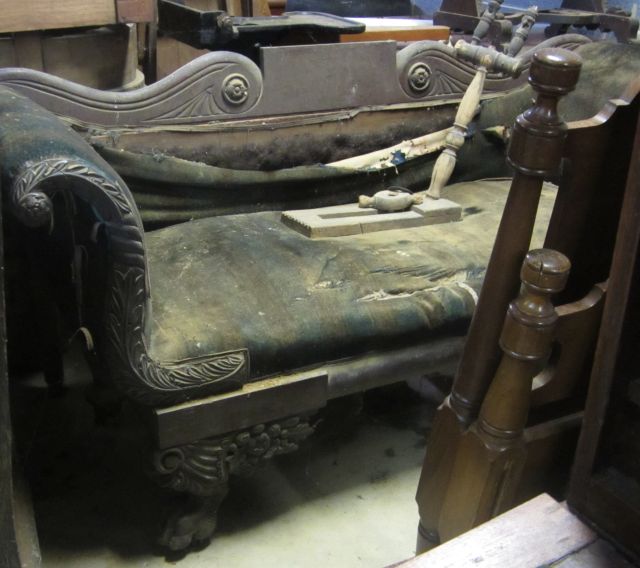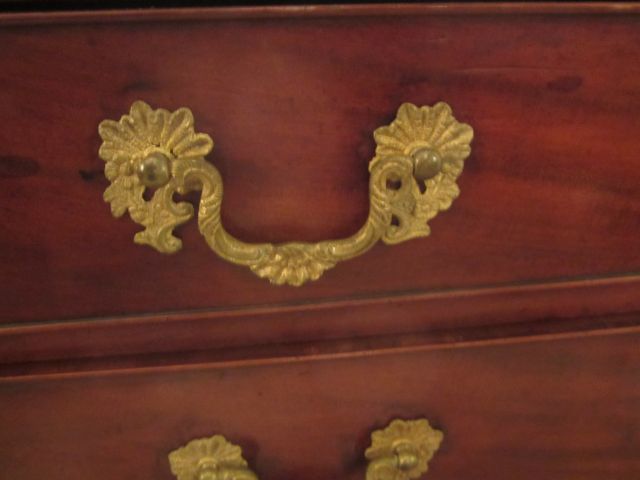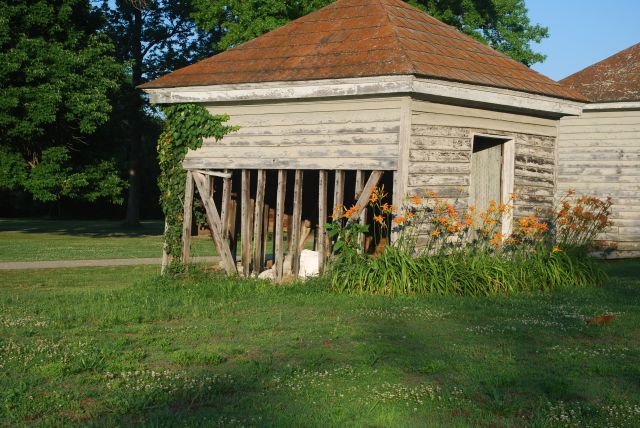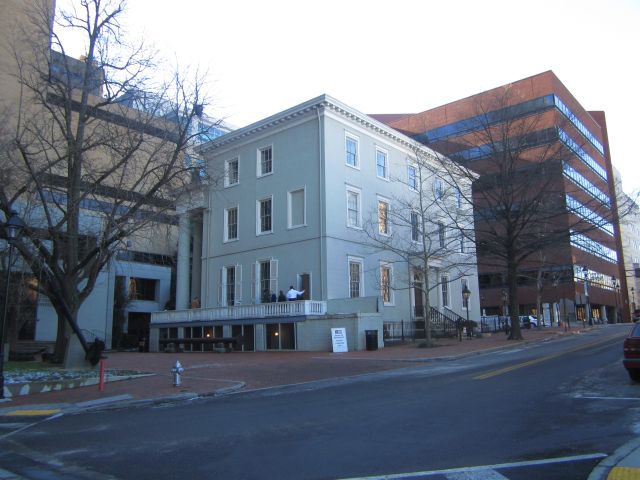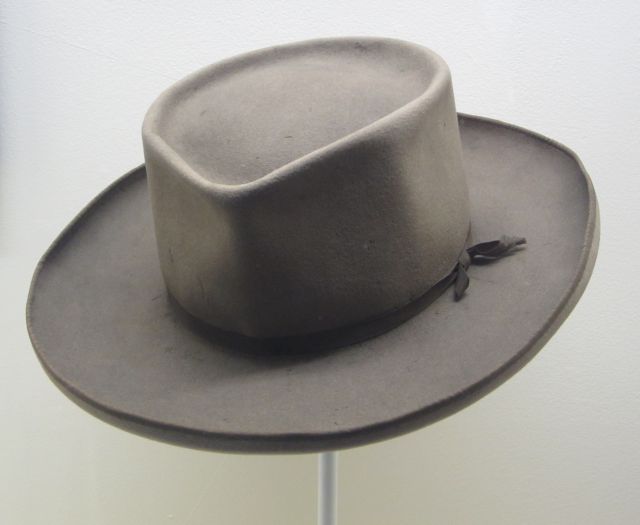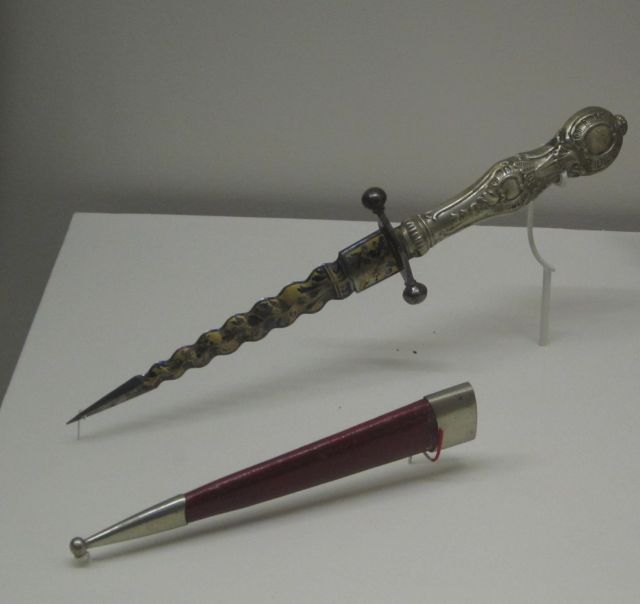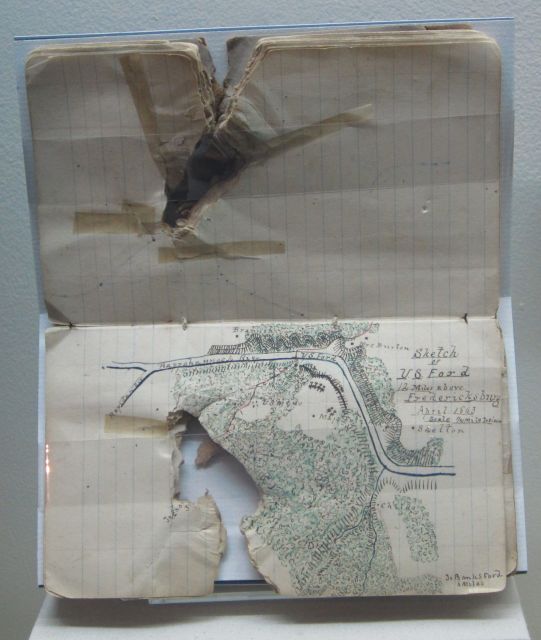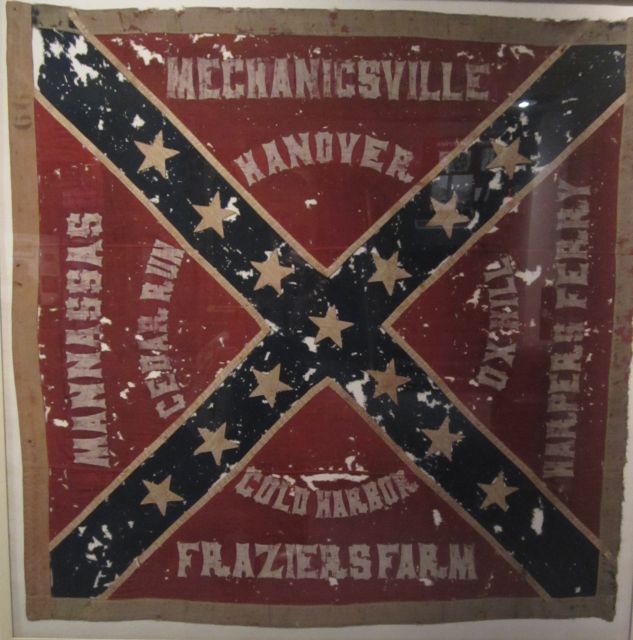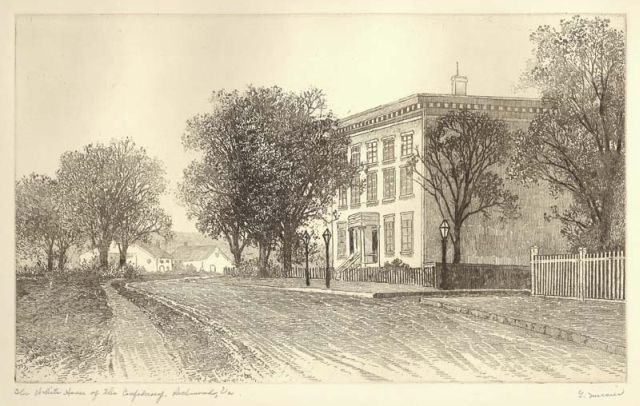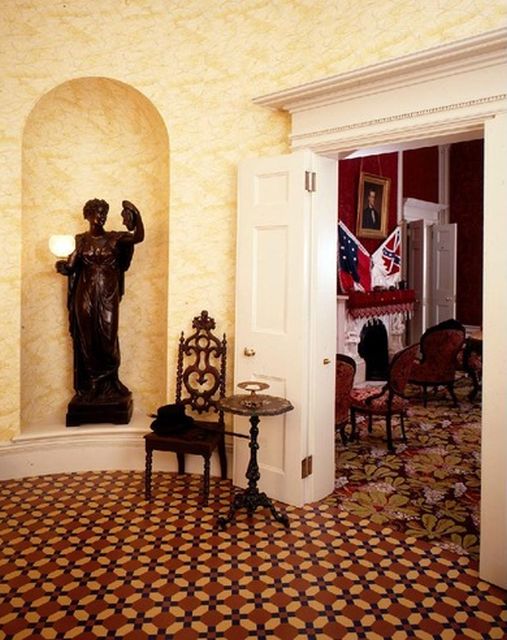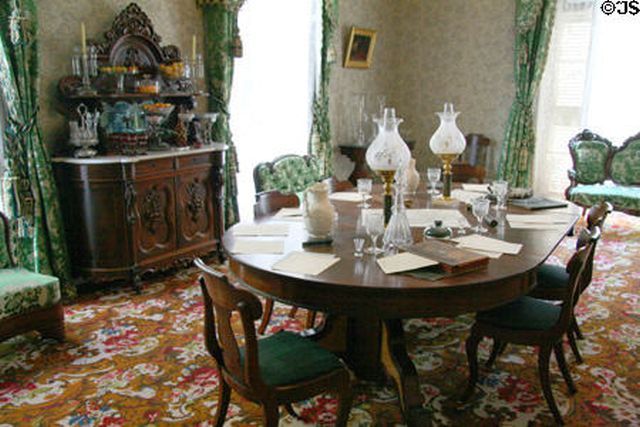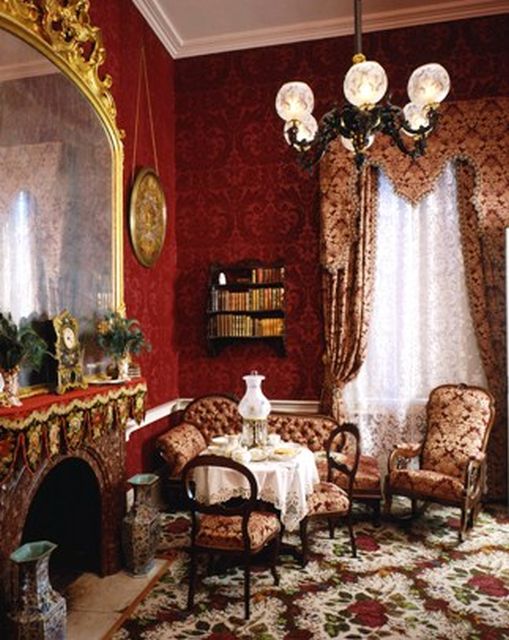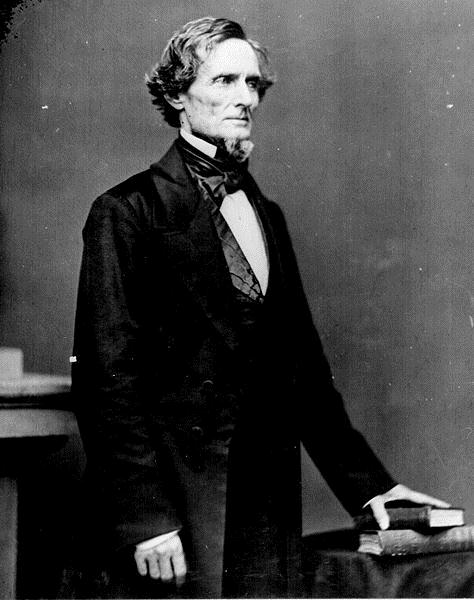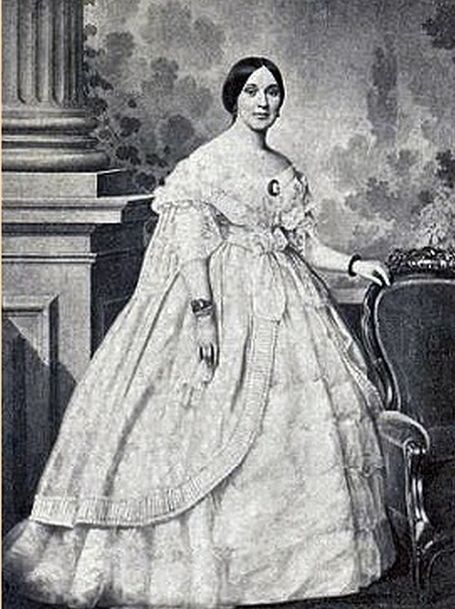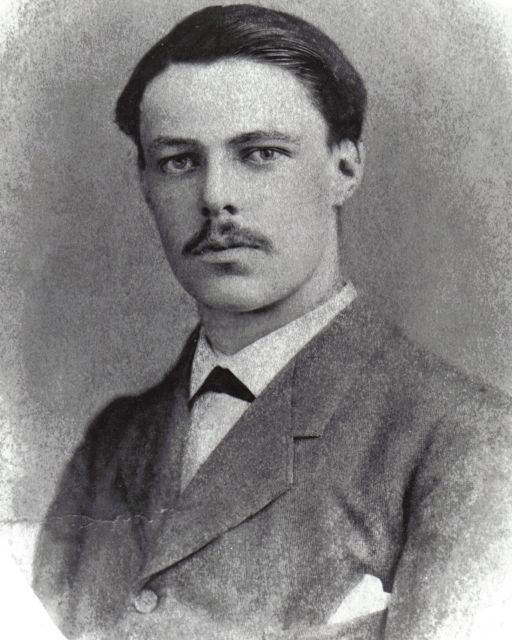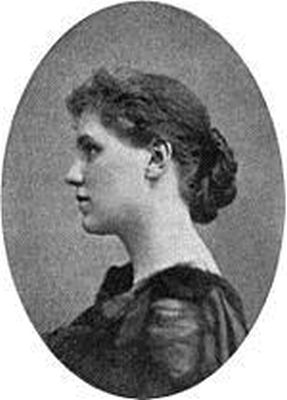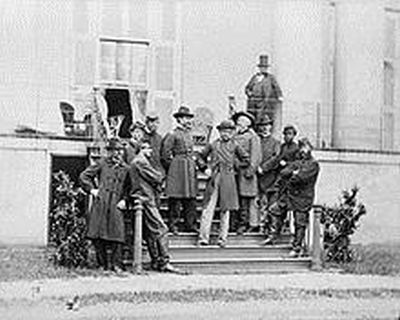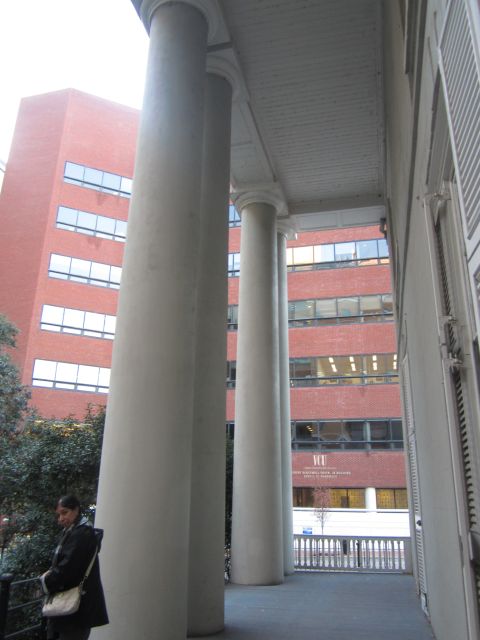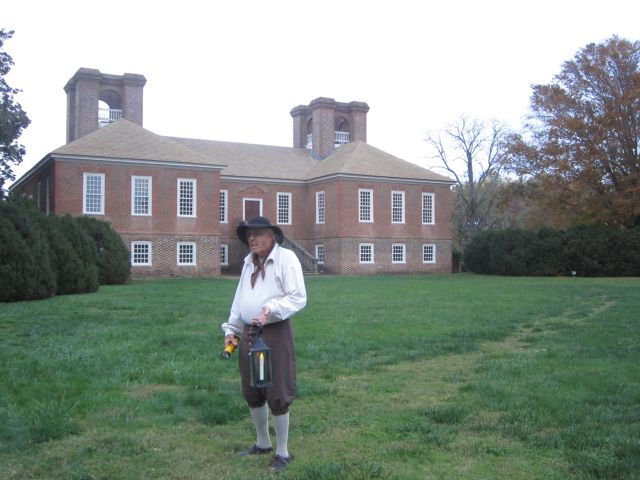Oct. 2nd 2012

This weekend was kind of a down weekend for us. We didn’t travel to the plantation, but got some things done around our home in Chesapeake. Brett also spent his Saturday afternoon watching his favorite college team, Ohio State. Since he was busy watching the game and taking care of some chores around the house, I decided to head out and do some antique shopping. What a trip I had!
I decided to head back to some of the antique stores I have talked about in the past and see some of my favorite dealers. This trip took me from Chesapeake to Petersburg to Richmond and back. It was glorious. Eight hours of pure bliss!
I decided to take Route 460 from Suffolk up to Petersburg. This route has several small towns along the way and offers wonderful views of the Virginia country side. As I made my way up, I got to see the fields of cotton that have bloomed and are almost if not ready to pick. It’s like seeing snow on beautiful fields of green bushes. If it had not been raining most of the day, I would have gotten some pictures for you to see. But with the rain, the cotton tends to hang from the bushes like wet rags, which isn’t as nice as a sunny field.

My first stop was in Suffolk, Virginia just as you get off Highway 58 on to Route 460 at Nansemond Antique Shop. This unassuming antique store is inside a small ranch home along the road side. At first glance, it could easily be missed as someone’s home. But to miss this location would be a shame. It is loaded with antiques as far as the eye can see. As you enter, you are greeted warmly by the owner, Elsie and invited to browse the shop for treasures that she has brought together. After speaking with her, I did find a wonderful vintage treasure that I am sure will be a favorite.

Nansemond Antique Shop
I headed back up Route 460 to my next stop. I passed through several small towns and skipped at least three antique stores I had seen before. I had to limit my stops along 460 so I could make it to Petersburg by 1pm. But I know I will come back to those locations again soon. One location I wished I had had time to stop at was Smithfield. I had been there several times and there is one particular dealer there that I love seeing. But due to time limitations, I had to miss it today.

The Old Country Store Antiques
My next stop was in Disputanta, Virginia at my favorite Old Country Store. This store is called The Old Country Store Antiques. During my first trip antique shopping down Route 460, this was the one location that really seemed happy to see me. When I arrived this time, it was like seeing old friends. The antique store is set up as an antique mall with several dealers. What I like about that is you can get a variety of items from local dealers. And with this store being so close to Petersburg, the antiques can be those of Old Virginia. As I stood and talked to the owner’s father, I also had a chance to speak to another of their dealers. Her section, Bab’s Corner, is filled with items such as handmade jewelry, Hallmark Keepsake Ornaments, and Department 56 collectables. She is also a historical reenactor of the Civil War time period and we had a wonderful conversation around having an event at Belle Grove soon. As I left to head to Petersburg, with my arms full with treasures, I was glad I had made this stop and gained the surprise information that will be very helpful with the Civil War Days ideas for Belle Grove.

The Old Country Store Antiques
As I rolled into Petersburg, I received a call from Richmond, Virginia, from my dear friend, Terri. She is the friend who accompanied me to the auction last month. She was excited that I was coming up to see her because she and another friend, Cheryl had been doing some shopping of their own and had found a wonderful antique store that I had to stop by and see. So I told her after I finished with my shopping in Petersburg I would head her way.

My stop in Petersburg was at my favorite antique mall, The Oaks. I had called ahead to see if my favorite dealer, Bob was going to be in today. To my delight he was. When I walked in the door, my first stop was in the back left corner of the mall to Bob’s dealer area. Bob wasn’t there yet, but I quickly noticed lots of new items that he had added since I was last in. After making mental notes of the items I wanted to look closer at later, I headed back to the front to see if they knew when he was going to be in. To my delight, there he was at the front helping a couple looking at a Grandfather Clock. He is so helpful, even for other dealers. I quietly stood at the desk and waited for him to finish. I had a small laugh as he turned and smiled at me and said, “Hello”. I knew he hadn’t recognized me at first. He quickly did a double take and said, “Michelle! Where’s your husband?” I told him that he was watching the game while I shopped and he laughed saying, “Oh I feel sorry for him allowing you out alone with the credit card.” While I was waiting, who should come in but Mrs. Roy from the La Villa Romaine Bed and Breakfast! She and her niece were there looking for items from Bob too.
After he finished, we made our way back to his area and I picked through his new items as he unpacked. A cup here, a plate there and before I knew it I had several new treasures to take home. Bob helped me carry the items to the front. As he helped the cashier enter the item numbers, he would discount the items I was purchasing! He helped her wrap the items and then quickly helped Mrs. Roy and her niece check out, also giving them a nice discount. As I gathered my items, Bob asked to assist me to my car. I knew he had many more things to unpack, so I told him I was good. I just love shopping with him! I would drive hours just to get the personal service and attention to details that he gives each of his clients!

I called my friend Terri and made arrangements to meet her at the new antique store. The new store is called Gates Antiques and is located in the Midlothian area of Richmond. It is off the beaten path and is located in a residential area. But I have to say after all my shopping; it is these places that hold some of the most wonderful treasures! As I arrived, I realized that this store expended to three separate buildings. I had to call Terri back and ask which building we were going to meet in. As I pulled into my space, she and Cheryl pulled up beside me. What great timing!
I then got to meet Cheryl and learned that she was just as excited about our plantation as Terri and I. She and Terri had spent the last week looking through places in Richmond for unique treasures and had boxes of items to share with me!
Gates Antiques had been one of their stops. Terri had relayed to me that there were treasures galore inside this small residential home. The owner and her son had been collecting some of the most wonderful piece and if needed had restored them with loving care. As we walked up to the front door, Terri informed me that the son, Jay was not here today, but his mother, Jo was. As we walked up the front steps I took note of the details over the door and in the bricks that I would later learn they had selected when Jo and her husband had built this home.

As I entered, I was just in awe. I quickly went room from room pointing out Hepplewhite sideboards and Sheraton tables and Federal mirrors. The one piece Terri wanted me to see was a table that seats 20! She asked me if that would fit in our formal dining room in Belle Grove. I could barely answer because I was just in awe at the size and condition of this table. But yes, it would most definitely fit. As we looked, we headed down the basement stairs to several more rooms. The last room we entered had two beds, one wood craved and one full Tester. The Tester was just beautiful. As you looked along the bed rails you could see that it had once been a bed with ropes as support and even had the carpenter’s measuring marks counting each connection for the ropes in Roman numerals.
Just as I was running my hand along these marks, Jo entered the room. Terri introduced us and we began to talk about the plantation. I had brought in the picture albums I carry with me to show her. When I presented them to her, it was like she was getting something so precious that she couldn’t contain her excitement. It was so much fun seeing someone else have the same reaction I do when I find a new picture or new piece of history for this plantation!
After viewing the pictures, we made our way up to the first floor and back to the table. By this time, the store was closed, but we still sat there and talked of things such as antiques, cooking and recipes and memories of times past in Virginia and South Carolina. Before we knew it, two hours had passed. We had found such kindred spirits among the four of us. As we went to leave, it seemed that we just couldn’t pull ourselves away. There just seemed to be one more thing we needed to say or hear. And best of all, we didn’t leave empty handed.
When we arrived back at the car, Terri and Cheryl gave me their finds and I showed them the new artifacts from Belle Grove. Both sides were just amazed at these finds. As we said our good-byes, I hugged my old friend Terri and my new friend Cheryl. I know in the days to come, we will be doing so much more for the plantation together.

Wisteria Lane
On Sunday, I still had some time to myself, so I decided to head to Gloucester, Virginia. I decided to take my father along with me. My father loves antiques and I knew that Holly Hill Farm with its many barns, outbuilding and main house would be something fun for him to explore. We headed into Gloucester Court House, the historic area of Gloucester and stopped at Wisteria Lane Antiques and Collectibles. This store is filled with antiques galore! You can find vintage jewelry, relics and artifacts, tons of silver and silver-plated items and oyster dishes! This has to be one of the largest collections of oyster dishes I have ever seen! I did find a couple of items that I wanted, but I decided to wait until after visiting the next location to make sure I didn’t go over my budget.

Our next stop was at Holly Hill Antiques just outside of Gloucester’s Historic Downtown. As soon as we pulled in my father asked me, “Where do I begin?” It didn’t take him too long to find a piece he wanted and after a little negotiation, he got it. We covered the main barn and the main house while we were there. When I arrived I was so excited to see Tara, one of the employees I met the last time I was here. She made herself available for questions and to point us in the right direction as we worked our way around. After about an hour, we had our treasures and were again on our way back to Gloucester’s Historic Downtown.

Holly Hills Farm
I stopped again at Wisteria Lane and decided to get the two treasures I had looked at. I was so glad I did. When I was there, the owner, Bob showed me a find they had gotten at an auction not too long ago. It was a parchment dated in the early 1700s documenting an indentured servant. What a piece of history! Though damaged by a fire, this parchment would be such a prize. I wish I had had the money for that treasure, but it wasn’t meant to be. Maybe someday I can find such a wonderful piece of history for Belle Grove.

As we headed home, we had to make one more stop. This time it was at a local Gloucester Flea Market called the Stagecoach. There is one permanent shop called Over the Hill Antiques and Collectables. This store is tucked back in the left corner, but offers something for everyone! I knew my father would love it, so I knew we had to stop. It didn’t take long for him to find a treasure or two to take home. I even found a wonderful treasure that I couldn’t leave without!


Over the Hill Antiques and Collectibles
Now I bet you are asking, “Why haven’t I seen any of the treasures? Michelle always puts up her finds on the posts.” Well, there is a good reason! After going to the auction last month and seeing how many of you either have gone to an auctions and loved them or have always wanted to go to one, I thought we could have some fun for a good cause.
So in the month of October, we are going to have
A Silent Vintage and Antiques Auctions!
All these antique stores that I visited and the ones that Terri and Cheryl have visited in Richmond have graciously donated one or more of their vintage or antique items to Belle Grove Plantation to be auctioned off. The proceeds for this auction will go towards the restoration and preservation of Belle Grove Plantation’s Summer Kitchen, Ice House and Smokehouse. These buildings date back to the 1790s and the Summer Kitchen is a living example of a Virginia Slave Quarters.

Summer Kitchen, Ice House and Smokehouse
Built in 1790s
Belle Grove Plantation
On a recent visit to Belle Grove, I inspected these buildings and noticed substantial deterioration with the Summer Kitchen. This along with the Smokehouse which has one wall missing and is being held up by its wall studs, reminds me how urgent it is for us to get this restoration done soon.

Smokehouse with missing wall

Recent Wall Collapse in Summer Kitchen

Recent Wall Collapse in Summer Kitchen

What the Summer Kitchen Wall should look like.
So please view our Silent Auction Page located under the About Us page. You will also be able to view the items on our Facebook page too. The instructions on how to place a bid will be listed on the blog Silent Auction Page.
If you would like to just donate to this cause, the Silent Auction Page will also have instructions on how you can help us with this urgent need.
Thank you to everyone for all your support and help in saving these living examples of Historic Virginia architecture!

























